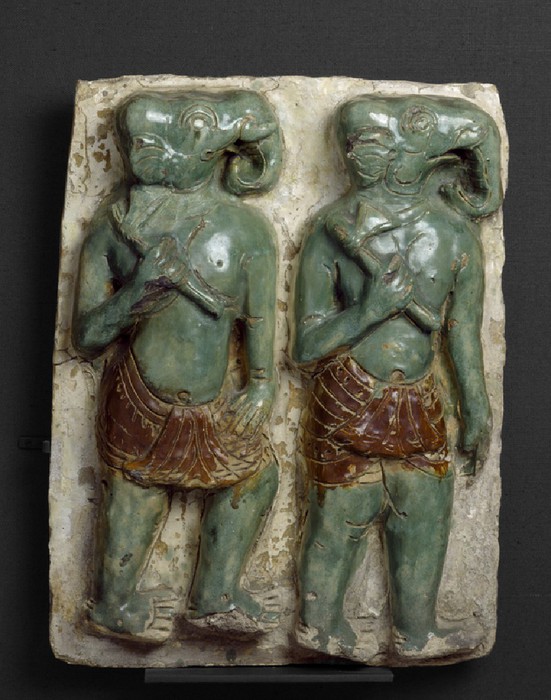-Метки
-Рубрики
- искусство (540)
- Художники,фотографы (153)
- Кино (82)
- музыка (57)
- Литература (24)
- биссер, камни (22)
- Самоделки (8)
- Здоровье (310)
- Красота (52)
- Питание , очищение (49)
- История (246)
- Россия (92)
- Политика (61)
- компьютер (242)
- ликбез (174)
- заработок (34)
- Юмор (223)
- Непознанное (222)
- Путешествия (169)
- Путешествия по Италии (12)
- Путешествия по России (5)
- Путешествия по Испании (2)
- Путешествия по Красному морю (1)
- рецепты (115)
- фотошоп (100)
- картинки (87)
- Для внуков (70)
- природа (51)
- Учим иностранные языки (45)
- итальянский (15)
- агнглийский (4)
- Архитектура, скульптура (44)
- Санкт-Петербург (22)
- Сад (35)
- Интересно (34)
- Дела домашние (24)
-Музыка
- И. Брамс. Венгерский танец № 5
- Слушали: 491 Комментарии: 4
- АККОРДЕОН.ВАЛЬС ПОД НЕБОМ ПАРИЖА
- Слушали: 23507 Комментарии: 0
- Альбано и Ромина Пауэр - Либерта
- Слушали: 9438 Комментарии: 0
- Salvatore Adamo "Tombe la Neige"
- Слушали: 44534 Комментарии: 0
-
Добавить плеер в свой журнал
© Накукрыскин
-Поиск по дневнику
-Подписка по e-mail
-Статистика
Продукт генетических экспериментов или Чужие? |
Pegu, c. 1479.University of Oxford - Ashmolean Museum
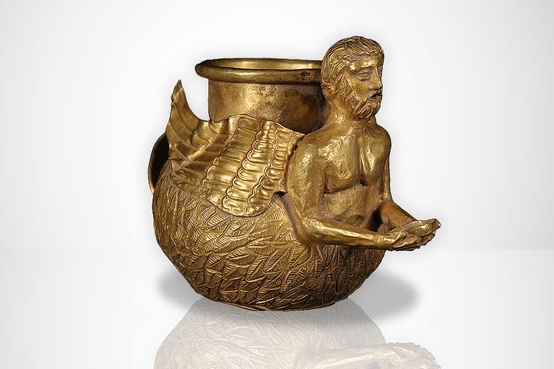
Drinking vessel: Date: ca. 4th century BCE – 2nd century CE Medium: Gold Uranium, Thorium—4Helium dating, Asia.
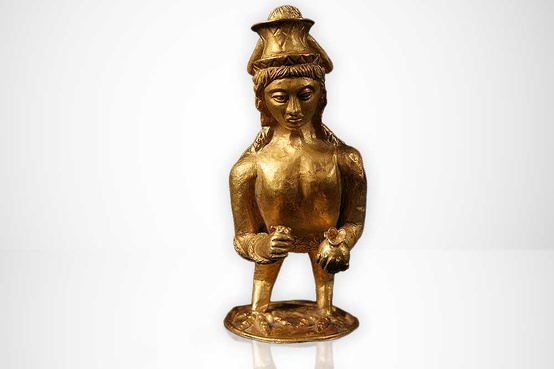
Siren:Date: c. 5th Century BCE Medium: Gold Size: 6 1/8” h, Asia.

Bracket with a woman riding a fantastic creature, made in Begram, Afghanistan, 1st-2nd century

A polychrome painted wood Architectural Strut Kerala, South India, circa 1800 depicting a mythical vyala, with bulging eyes, gaping mouth and elaborate mane, in rearing position with an apsaras riding on its back 156 cm.





The name Nergal, Nirgal, or Nirgali refers to a deity in Babylon with the main seat of his cult at Cuthah represented by the mound of Tell-Ibrahim. Nergal is mentioned in the Hebrew bible as the deity of the city of Cuth (Cuthah): “And the men of Babylon made Succoth-benoth, and the men of Cuth made Nergal” (2 Kings, 17:30). According to the rabbins, his emblem was a cock and Nergal means a “dunghill cock”. He is the son of Enlil and Ninlil.



The Babylonians believed that the demoness Lamashtu was responsible for still births and cot-deaths. A woman would have worn this quartzite stone amulet (now broken) during pregnancy and labour so that the fierce demons on it, and the incantation on the back, would scare Lamashtu away

A Lamassu (Sumerian: dlamma; Akkadian: lamassu), is a protective deity, often depicted with a bull or lion’s body, eagle’s wings, and human’s head. In some writings, it is portrayed to represent a female deity. A less frequently used name is shedu (Sumerian: dalad; Akkadian, šēdu; Hebrew: שד) which refers to the male counterpart of a lamassu.

MUSHUSSU - Babylon dragon of Chaos.

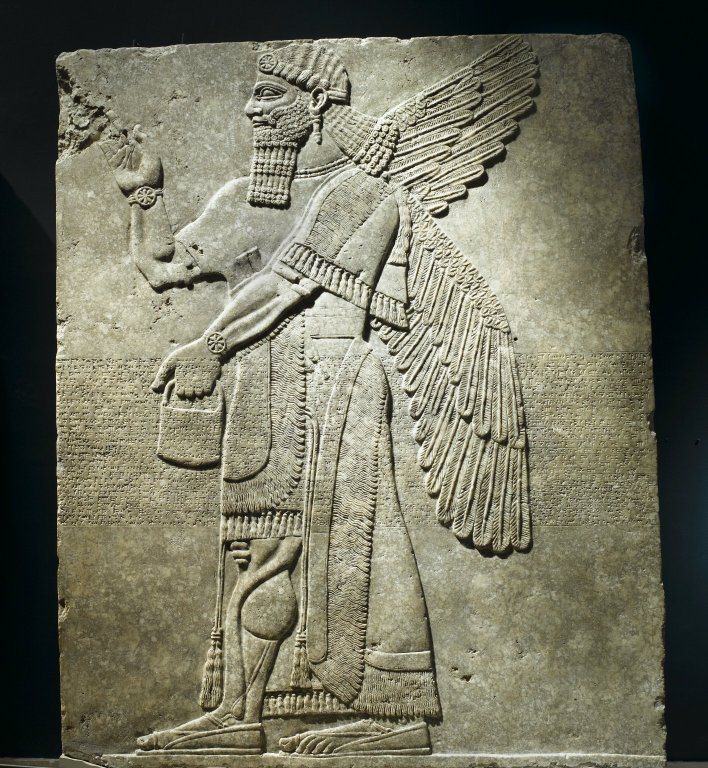
Assyrian, 883-859. The Brooklyn Museum






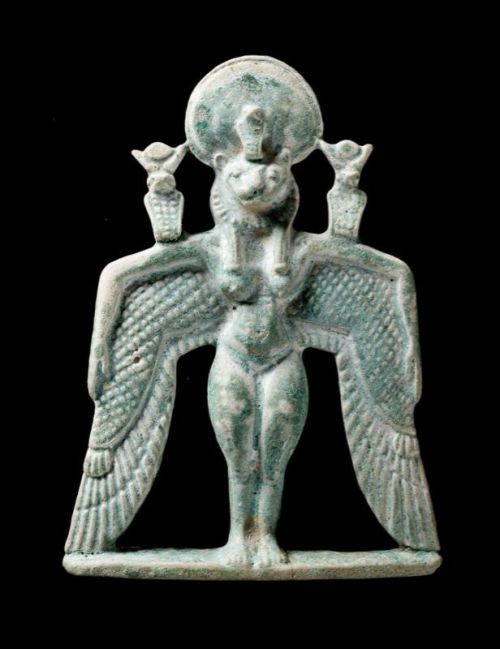
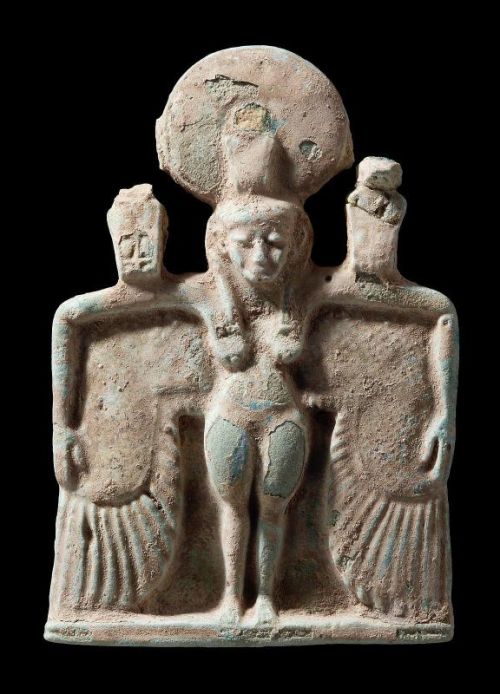

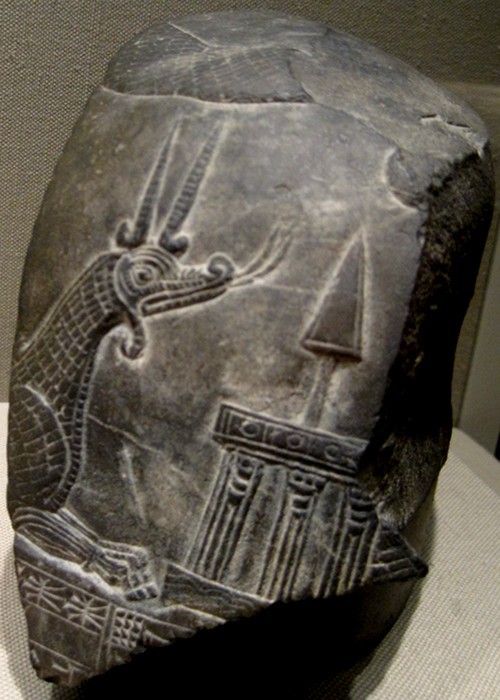
Mushussu (also known as Mushhushshu or Sirrush) is the Dragon of Babylon and one of two animals depicted on the Ishtar Gate.



Лилит.

На веревке аннунаки привели монстра к Эа.Нечем тут хвастаться,опять урод получился,не способный к продолжению рода,а оно,пожалуй,и к лучшему.




Megiddo. An applique (12th Century BCE) showing a winged sphinx .
Кормящая мама-сфинкс)) В руках настольная лампа))

Стамбульский археологический музей



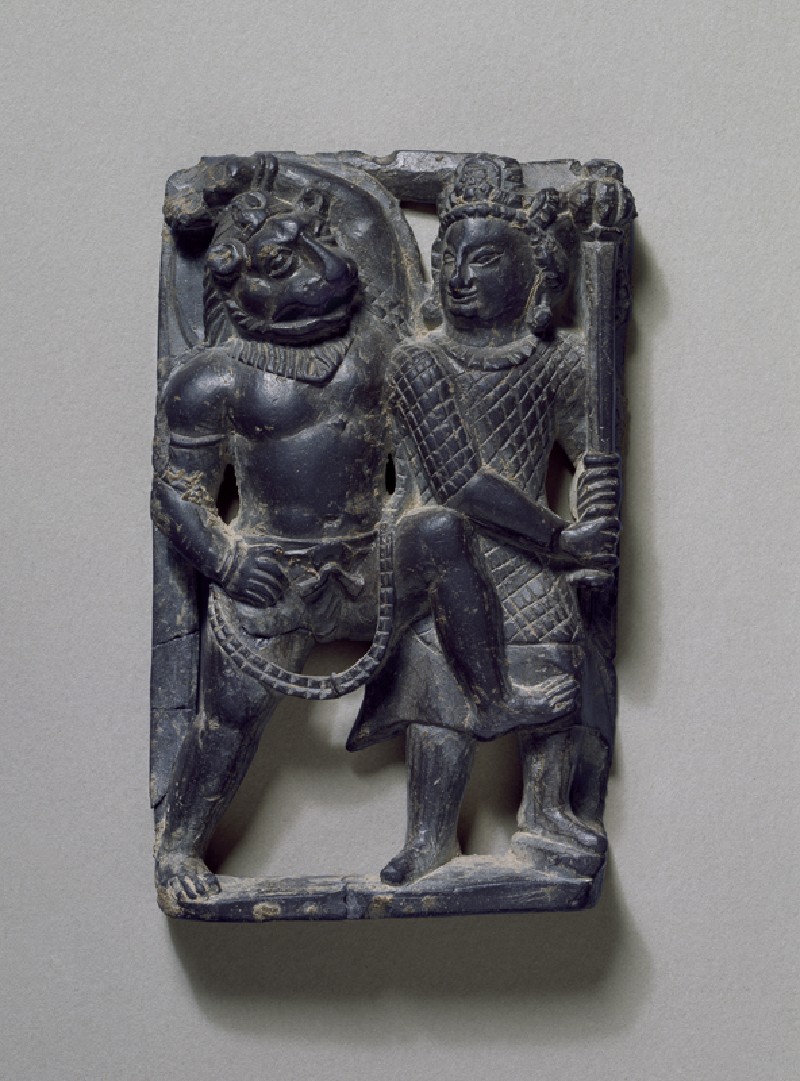
Ashmolean Museum, University of Oxford

| Рубрики: | Непознанное Архитектура, скульптура Интересно |
| Комментировать | « Пред. запись — К дневнику — След. запись » | Страницы: [1] [Новые] |
